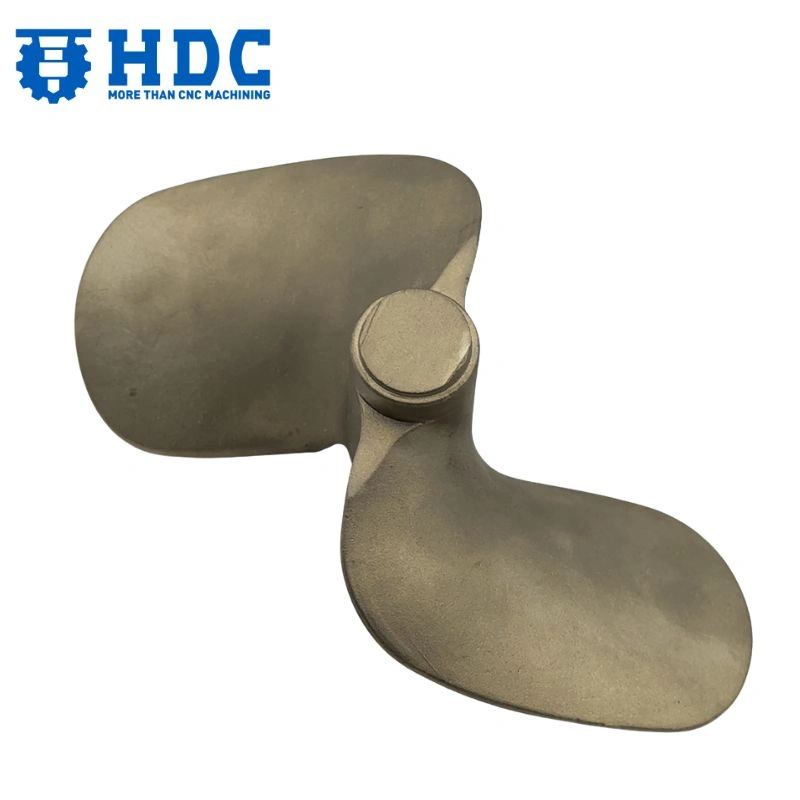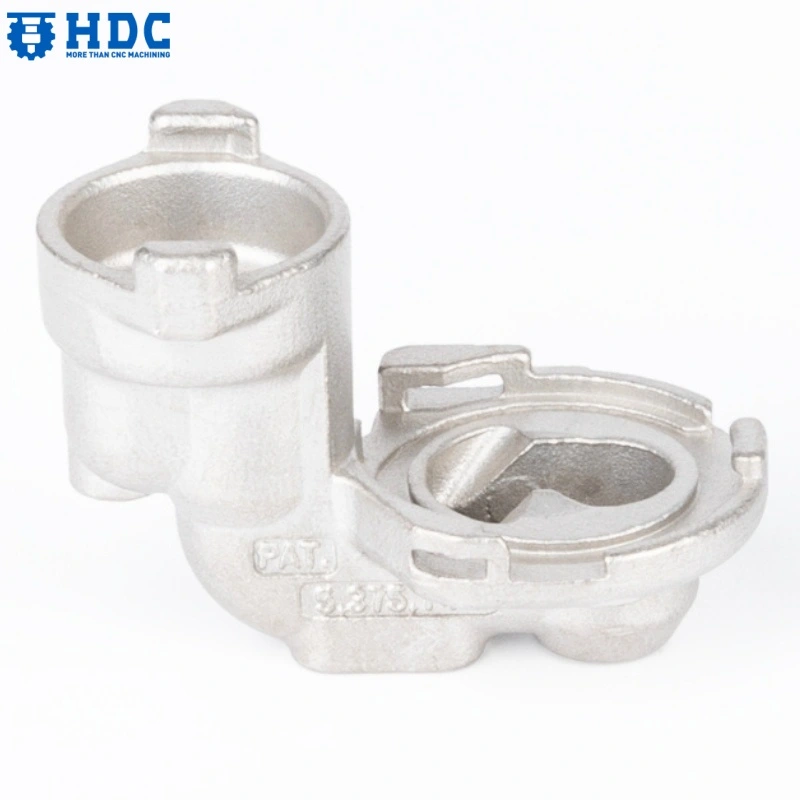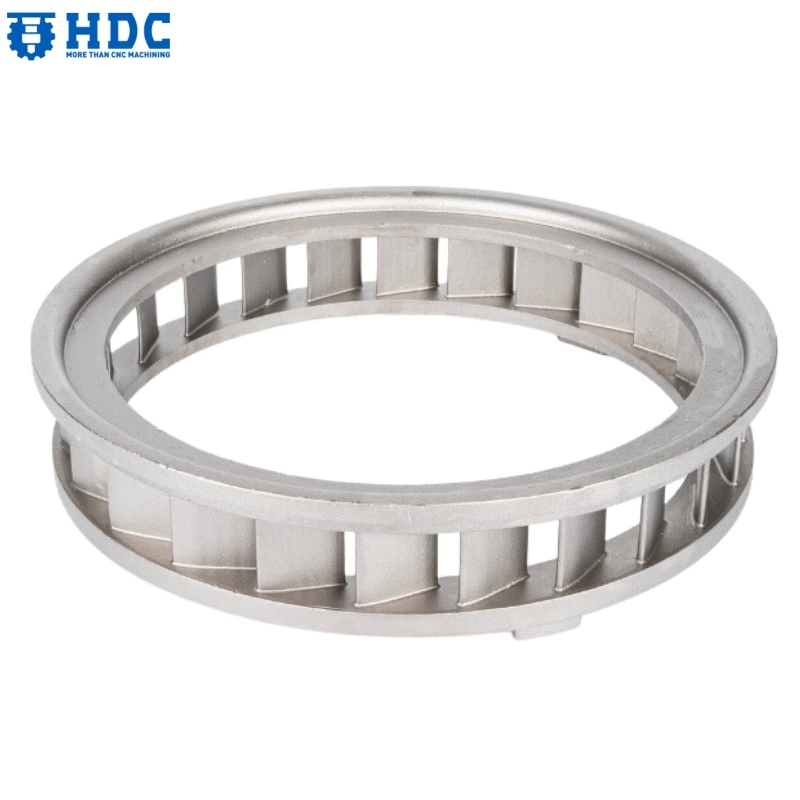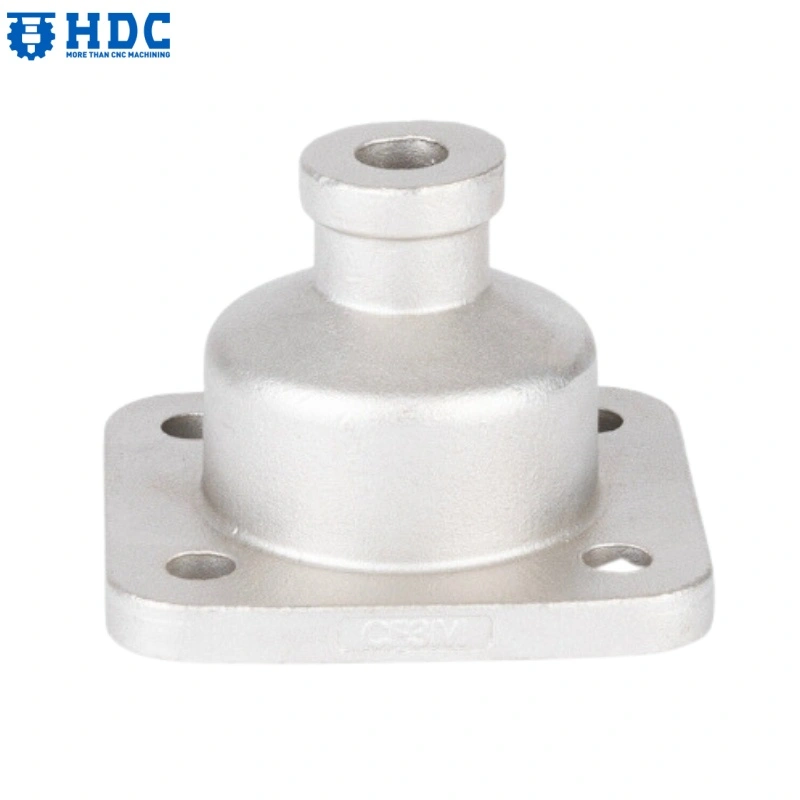Forging and casting are two major metal-forming processes used across industries. Forging shapes metal through compressive forces to improve internal structure and strength. Casting melts metal and pours it into molds for intricate designs. Choosing well saves money, time, and materials for manufacturers.
How the Processes Work?
Both forging and casting shape metal, but the steps and tools used are very different. Here’s how each process works.
What is Forging?
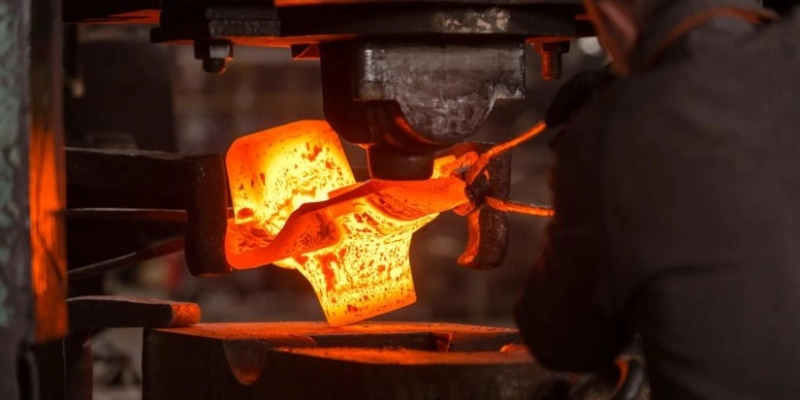
Process
The forging process involves heating the metal, then pressing or hammering it into shape. It starts by cutting a metal billet to the needed size. The billet is then heated in a furnace until it becomes very hot. Once it is hot, the billet is placed between two dies. A press or hammer is then used to give the metal the desired shape.
Once the part is shaped, it is allowed to cool down. Some parts may be trimmed or machined after forging. Heat treatment is often used to adjust hardness.
Classification
Forging can be classified based on two primary factors, which are temperature and the type of die used:
Based on Temperature
- Hot Forging: This is when the process is done above the metal’s recrystallization point.
- Cold Forging: If the process is done at room temperature, it is considered cold forging.
- Warm Forging: This process is done at intermediate temperatures between hot and cold forging.
Based on the Die Used
- Open-Die Forging: Here, the metal is upset between flat dies with no full enclosure.
- Closed-Die Forging: In this process, the metal fills a shaped die cavity.
What is Casting?

Process
In the casting process, a metal is heated until it melts. The molten metal is then poured into a mold, which can be made of sand, metal, or ceramic. After that, the metal is allowed to cool down, and it takes the shape of the mold.
When it is done cooling, the mold is broken open. The casting is then cleaned and often trimmed or polished if needed.
Classification
Casting can be classified depending on the mold types used:
Expendable Mold Types
- Sand Casting: This method uses molds made from sand to shape the metal.
- Investment Casting: This uses wax patterns and ceramic molds for fine detail and excellent surface finish.
Non-expendable mold types
- Die Casting: This process involves injecting the molten metal at high pressure into metal molds.
- Permanent Mold Casting: Here, hard molds are reused many times, and the mold is commonly filled by using gravity.
Key Differences
Feature | Forging | Casting |
Grain Structure | Forging keeps the grain aligned with the shape of the part, which improves its strength. | This forms a new crystalline structure, which can lead to porosity and weaken the part from the inside. |
Strength & Durability | Forged parts have better tensile strength, fatigue resistance, and impact toughness. | Cast parts generally have lower strength and resistance due to defects from porosity. |
Complexity & Design | It is best for simple forms because it has a limited shape complexity. | Casting is ideal for complex designs. It can handle fine details and internal shapes with ease. |
Tolerances & Finish | Forged parts often need machining to get exact sizes. They may also need extra smoothing for the surface. | Casting can give high precision, especially with methods like die casting. The finish is often smooth right out of the mold. |
Cost & Volume | Forging costs more at the start. The dies and presses are expensive. But it’s cheaper for medium volume productions. | Casting usually has a lower unit cost when making many parts. Some casting types still have high mold costs, but they pay off in large runs. |
Material Flexibility | Forging works with limited alloys and billets. Not all metals are easy to forge, especially if they’re brittle or melt easily. | Casting can process many alloys, including ones with high melting points. It’s more flexible when choosing materials. |
Pros & Cons Summary
Advantages
Forging:
- Forging gives very efficient grain flow, which boosts the strength of the part.
- Forged parts have lower porosity and internal defects.
- Parts made through forging also have very good fatigue and wear resistance.
Casting:
- It is very good for making parts with complex designs.
- Casting is also ideal for producing large parts.
- It can work with a wide range of metals.
Limitations
Forging:
- It is limited to simpler shapes and not good for very complex ones.
- The setup and tool costs are very high.
Casting:
- Cast parts are weaker and tend to have internal defects because of porosity.
- Most parts may still need more post-processing for a better finish.
- Cast parts generally have lower mechanical strength when compared to forged parts.
Typical Applications
Forging
Forging can be used to make very strong parts in different industries:
- Automotive: Parts like crankshafts, connecting rods are usually made through the forging process.
- Aerospace: Forging can be used to make landing gears, engine mounts, and fasteners. These parts usually face high stress and need to be durable.
- Medical: Surgical tools and implant joints are usually forged as well to give the necessary toughness.
Casting
Casting is usually used for intricate parts:
- Automotive: Parts such as engine blocks, cylinder heads, and brackets are often cast because they have complex shapes.
- Industrial Equipment: Casting can be used to make pump bodies, valve housings, and pipe fittings.
- Energy: Components in turbines, motors, and compressors are also made through the casting process.
- Art & Design: This process can be used to make artistic sculptures, fence pieces, and other architectural structures.
Choosing the Right Method
Knowing exactly what the desired part has to do will help you choose the right process.
Required mechanical properties
If your parts need high strength, fatigue resistance, or long service life, then it is best to choose forging.
On the other hand, if your part doesn’t need so much strength to function, casting is more appropriate.
Part complexity and size
Forging is limited when it comes to complex shapes. It is better to use it for smaller parts.
However, casting is more suited for shapes with curves, holes, or fine lines. It also allows for the creation of very large or thin-walled components that would be impractical or impossible to forge.
Production volume
Forging is ideal when it comes to medium volume productions of the same parts. It’s better when long-term savings from tough tools cover the high setup price.
Casting is much better for large production runs, especially with die casting. High mold costs are worth it when making many parts at a low price each.
Budget and material choice
Forging usually requires a bigger upfront budget. You need solid metal billets and strong, custom tools, which makes the setup cost very high.
Casting, on the other hand, works with a wide range of metals, including alloys that melt at very high temperatures. It also produces less waste, which in turn saves money on materials. If your budget is limited or you want to try different metals, casting is often more affordable and flexible.
Final Recommendation
Basically, you should pick forging when strength, wear, or impact resistance matter most. Use it for solid, basic shapes under load.
Pick casting when you need complex shapes, larger sizes, or want more alloy options. It’s better for design-heavy parts.
Conclusion
Forging and casting each have unique advantages for different parts and production needs. Selecting the right method ensures better performance and reduces costs. If you’re not sure which process suits your project best, get in touch with our expert team for guidance and support.
Discover more with our blog posts.
Recent Posts
Discover more about our products.
Recent Products
Instant Quote!

